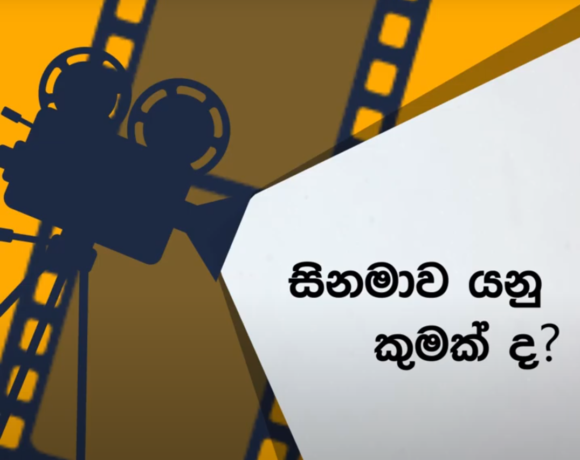Dhanushka Silva
On the topics of sex work as a result of the impacts of war, there was disturbing evidence of a village in the ‘Madhu’ area which was infamously noted for sex work which resulted from the lack of male family members or incomes, which simply meant that there were no other means of survival for these women.
However, notwithstanding the negative trajectory of women employed in terrorism and its effects on their everyday life, Sri Lanka also embodies quite significant examples of women engagement in counter-terrorism and peace-building. Thus, bearing in mind that we have suffered a great deal as women in the fires of war, it is vital to reminiscence the female struggle against terror that unfolded during the past decades.
Since the early 1980s, women’s groups in Sri Lanka have been increasingly challenged by issues of human rights, ethnic politics and the armed conflict, particularly in terms of their impact on women. This led some groups to lobby and act as advocacy groups internationally, where the “Association for War Affected Women (AWAW),” was established in Kandy in 2001, as an organization linked at the local level to nodes such as the ‘Women’s Peace Alliance’; and at the international level to links such as the ‘ICRC’.
It is vital to note that the activism of organizations such as AWAW served as a backbone in the efforts that brokered the ceasefire, especially in bringing women of both sides into a single platform to discuss issues that affected women in general, despite the ends that they reclaimed. However, quite unfortunately, on one hand, these movements failed to politically empower the women they represented and on the other, they were unable to mobilize them to be partners in the political decision-making process, which is one of the biggest lapses Sri Lanka faced, in terms of advancing female activism in the broader struggle against terror.
Like many conflicts that surfaced in recent times, where self-radicalized, home-grown cells perpetuated the conflict and revolved around the notion of an ‘idea’, the thirty-year war can also be understood as a clash of ideas. The fundamental problem in such conflicts is that ideas cannot be “nipped in the bud” using guns. Women, in this regard, play the role of an important catalyst in shaping, informing and reforming ideas of the generations to come, which creates leeway for sustainable peace and security.
This idea of a broader and more popular notion of security was employed by the then government especially during the ceasefire period which was clearly evident, in the formation of the “Sub-Committee on Gender Issues” (SCGI) which comprised women selected by the government and those representing the LTTE. Although this was a limited space afforded for conflict resolution, as Kumuduni Samuel emphasized it was a unique mechanism that brought women into formal negotiations and allowed for a high degree of trust building and consensus within the peace-building process. While the ceasefire period did not immediately lead to peace, the fact that women could sit together to dialogue issues of war-related gender-based violence as a formal arrangement, itself was an achievement.









